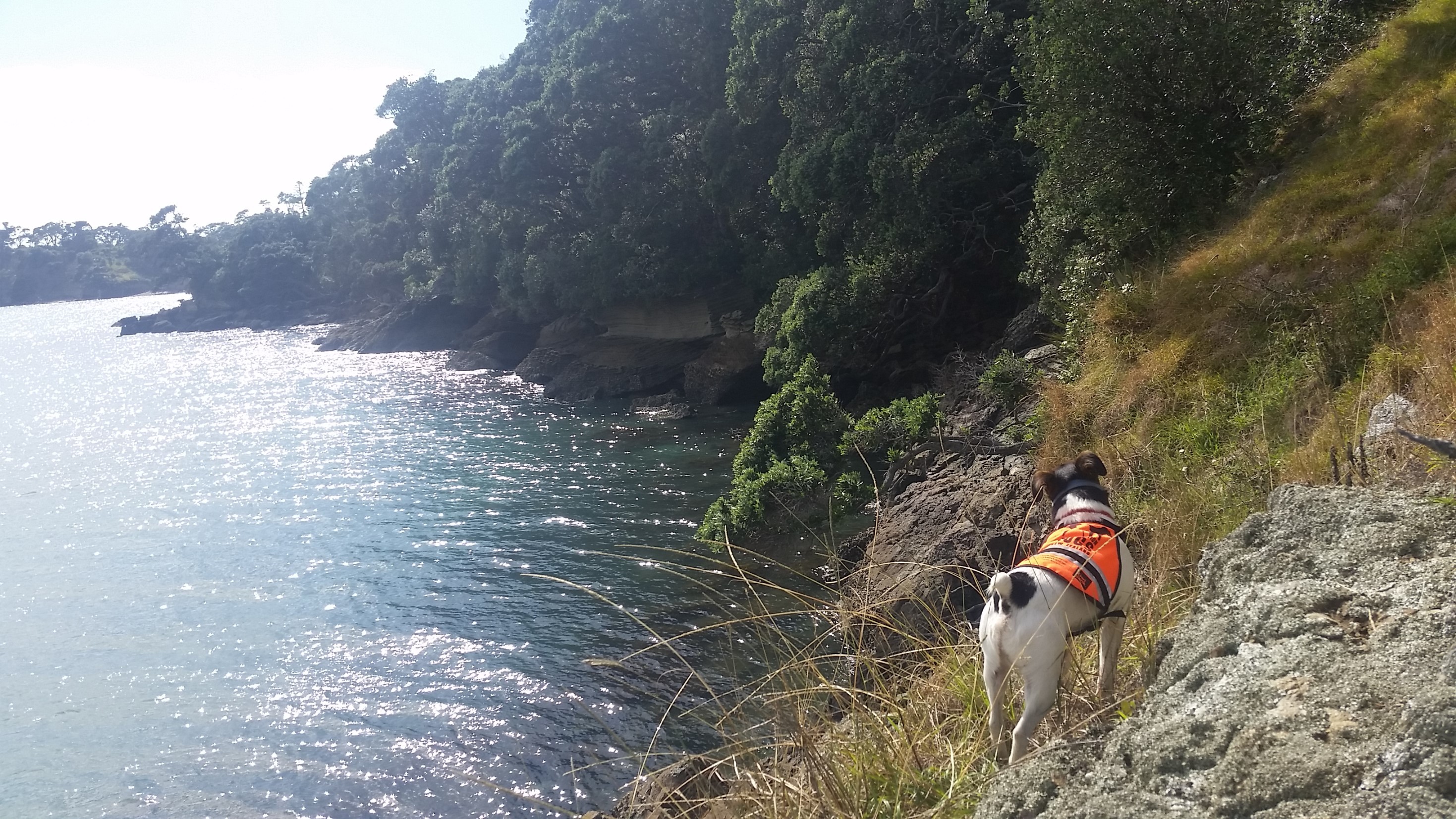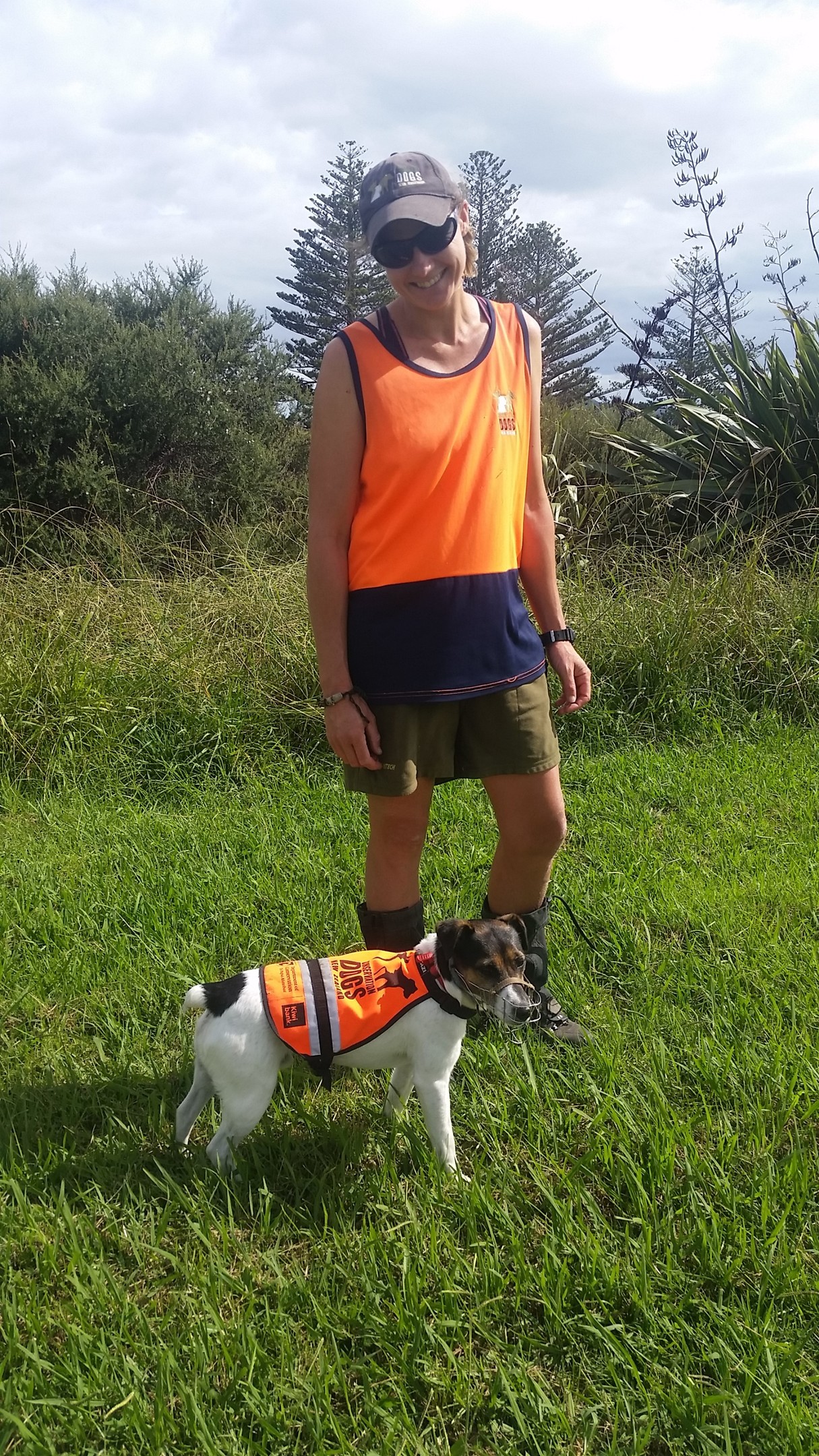
A New Zealand-based dog and his handler are set to begin their work on a major wildlife conservation project in Orkney.
The Orkney Native Wildlife Project aims to protect the indigenous wildlife on the islands by removing stoats – an invasive non-native predator first recorded in the area eight years ago.
The scheme, a partnership between Scottish Natural Heritage (SNH) and RSPB Scotland, intends to protect local wildlife such as the Orkney vole, hen harrier, short-eared owl, red-throated divers, Arctic terns and curlews, which are said to face a “serious threat” from the presence of stoats.
The four-year-old fox terrier, named Macca, is a conservation detection dog specially trained to uncover signs of the mammals.
Over the next three months, he and handler Angela Newport are tasked with systematically searching for signs of stoats on the islands around Orkney’s main island which are thought to be at high-risk from invasion by the animals, which can swim.
Their work is a key part of on-the-ground preparations before the start of the programme to actually remove stoats from Orkney.
Ms Newport, 38, from North Canterbury near Christchurch, said: “We are here in Orkney to do what we do best; seek out the sign or scent of stoat presence, particularly on the islands surrounding Mainland Orkney.
“Mac loves his job and is surely happy to be here, and he does have a rather Scottish sounding name, which hopefully puts him in good stead for making friends.”
Stoats are native to the UK mainland but not to Orkney. Since 2010, stoats are known to have spread and across Orkney Mainland and four islands linked to it.
There have also been a small number of sightings reported on other non-linked islands, including Hoy and Shapinsay.
Conservationists say the presence or absence of stoats on all “high-risk” islands has to be determined before the eradication programme can begin.
The only way to be certain that stoats are not present is to use specially-trained conservation detection dogs like Macca, they say.
The RSPB said plans are in place to train six dogs as part of the project, but because they take years of training, Macca has been brought in from New Zealand to help with the project in its preparatory stage.
Sarah Sankey, from the Orkney Native Wildlife Project, said: “We’d firstly like to thank all the landowners in Orkney who are assisting with making these essential checks for stoats possible, but we also want to welcome Macca and Ange.
“Checking the high-risk islands for stoats is a key step in developing a successful operation to eradicate stoats in Orkney and protect our world-renowned and internationally-important native wildlife.
“Orkney’s wildlife is such an important part of what make these islands special and is ingrained in our culture and our history. We want to ensure that, together, we can safeguard its future.”

Enjoy the convenience of having The Sunday Post delivered as a digital ePaper straight to your smartphone, tablet or computer.
Subscribe for only £5.49 a month and enjoy all the benefits of the printed paper as a digital replica.
Subscribe